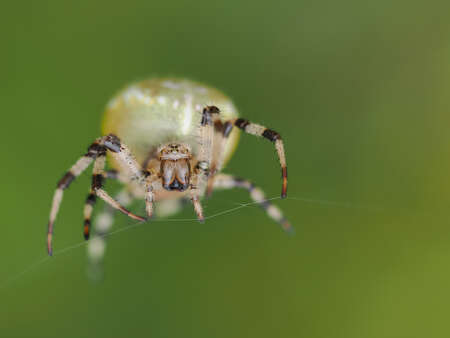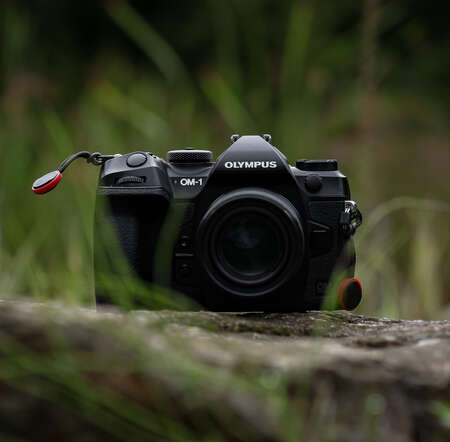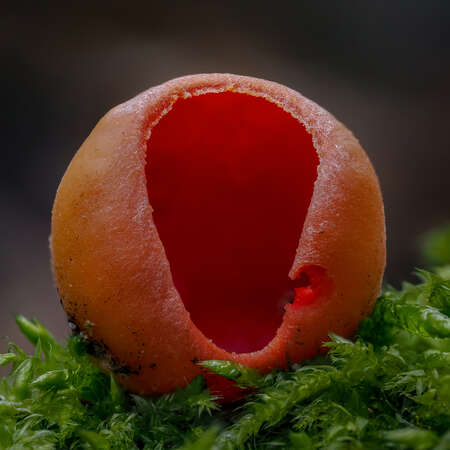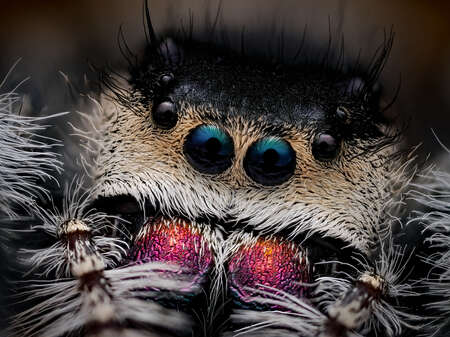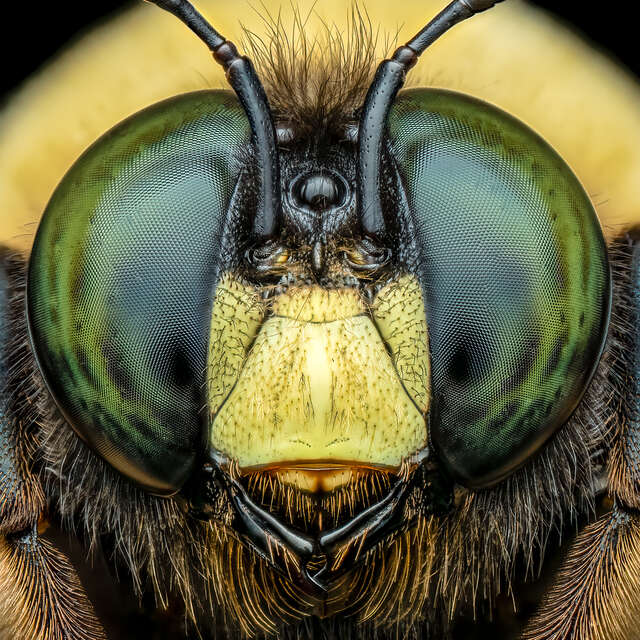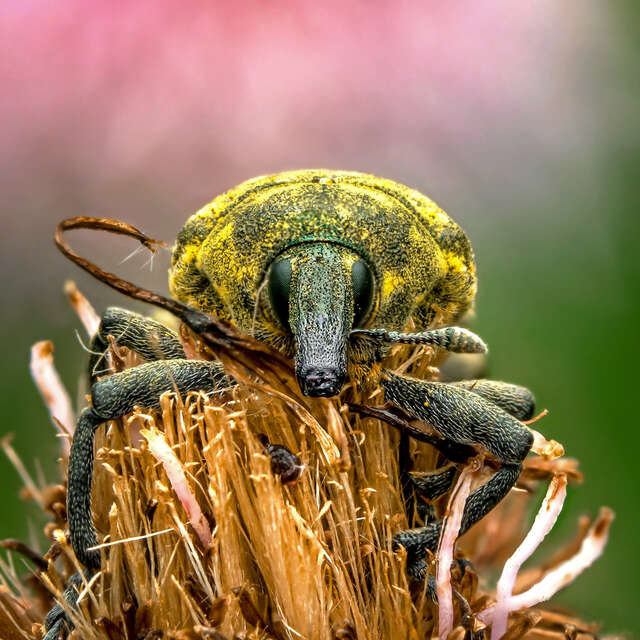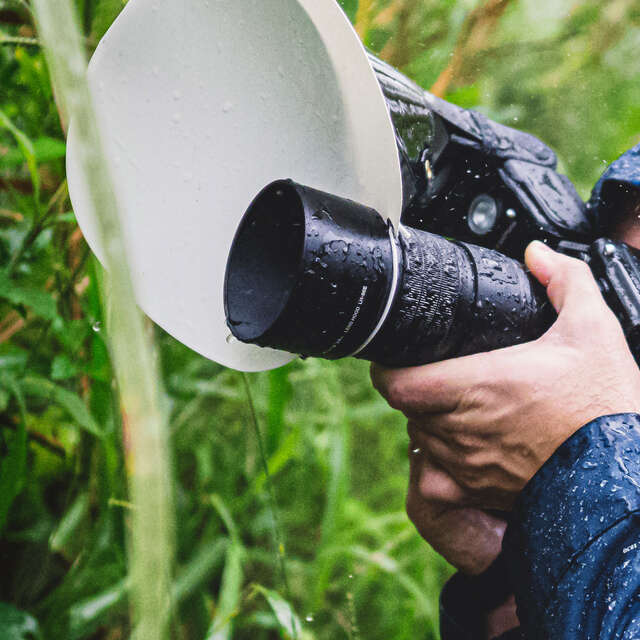My adventure with macro photography is closely related to my childhood – I have always been interested in insects and spiders, their behavior during hunting, work or rest.
Every walk was related with observations of nature. Lack of free time meant that I couldn't spend as much time doing this as I wanted. A few years ago, I had the idea to return to this passion.
I've always been interested in terraristics, so I bought a few terrariums and started breeding tarantulas and jumping spiders. It seemed like the perfect way to explore a world that fascinated me without even leaving the house. After some time, it did occur to me that observations alone were not enough for me, and I started taking photos of the spiders and insects that I saw. My first foray into macro photography was just with a smartphone and a magnifying lens. Then I started posting my photos on social media, and on various nature and photo groups. These were places where my photos could be checked over by more experienced photographers.
I met amazing people there who taught me the basics of macro photography, and after a year of having fun I bought my first SLR camera with an APS-C sensor, 50mm lens and extension rings. I started going outdoors much more to develop my skills. When I had built up my knowledge of how to use the camera properly, I bought more accessories which allowed me to get more magnification. I also started to experiment more with flash diffusers. Unfortunately, after some time, constantly having to switch gadgets to macro became very irritating for me. It was then that I decided to buy my first real macro lens, and my skills started to improve as soon as I started using them. I developed new ideas and new techniques, including focus-stacking, which is a popular method among macro photographers which involves combining many single exposures with a shifted point of focus to achieve more depth of field.
It requires a lot of precision and patience, not only from the photographer, but also from a ‘model’, however this is a very effective technique. Every twitch and every gust of wind can be a reason your photo fails. Efficiency is what counts here, but this method is time-consuming no matter whether you’re using a tripod or doing it by hand. Another downside of the focus-stacking approach is the size of macro sets. These are factors that can affect whether we can take a satisfactory photo. A spider or an insect won't understand us saying, "Wait there, let me get that pose for a shot".
Later on, I heard about a great alternative for macro photography with OM System/Olympus equipment and the Micro 4/3 system. Smaller sensor = less weight and size, image stabilization, not to mention very useful functions such as automated focus-stacking or focus-bracketing thanks to AF in the lens. It all sounded very promising ... but it was only when I held the equipment in my hands to try it out that I fell in love with the OM-1 + M.Zuiko Digital ED 60mm F2.8 Macro 1:1 set. It ensures mobility and lightness, speed of operation, control over framing due to the size of the M4/3 sensor, image stabilization supporting hand-held shots (which helps a lot with moving creatures) and amazing performance in low light conditions.
In addition, it has phenomenal focus-stacking, and focus-bracketing stacking has never been so easy or fast! The camera can do it for you, or you can adjust the stack yourself, including with software proposed by OM System. When using the latest technologically advanced M.Zuiko Digital ED 90mm F3.5 Macro IS PRO lens, which offers a scale of 2:1, additional stabilization and IP standards, we get a complete tool for taking spectacular macro shots. Whether it's hand-held or with a tripod, single exposure or a stack, you can always get great sharpness and saturated colors. It doesn’t matter if it’s a little jumping spider or praying mantis – you are always supported by the technology and the large magnification range, so you can get that high-quality photo.
This device opens up new possibilities for me and makes every outdoor trip an incredible experience, regardless of the terrain or weather conditions.
The world of nature is changing rapidly. Your first meet-up with insects/spiders may be your last. Nowadays in nature macro photography, speed and precision count. OM SYSTEM gives you this.
